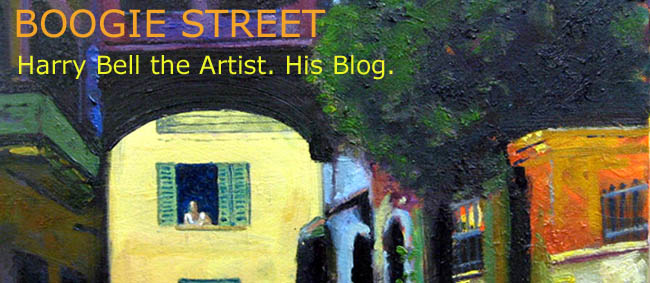
Greek Wiring (Linocut, 26 x 22 cm)
At a dinner party on Saturday night, the conversation turned to a linocut hanging on the dining room wall. It was one of mine given to the hostess some years ago. My attempts at printmaking and linocuts in particular are very rare and this one was completed while I was in my second year at University (1998). It was never properly editioned, so only a very few artist's proofs exist.
Which poses something of a problem: one of the other guests said she'd like to buy a print. I've never sold a print before. How do I arrive at a fair price? Should it be based on a drawing of that size (which I have sold), or should the rarity value influence the price?












3 comments:
It is a wonderful piece. Will you sell it as an existing artist's proof, or do you need to run a print?
What is your future intention? That is a market move, so it ought to influence the price. If it is a one time thing, we are now in the realm of emotion, I'd say.
I would try to think about price points in relation to your other work too. So, it should have a relationship with your drawings and paintings, but to be honest defining that relationship is going to be difficult for a one-off.
You could always look on Etsy to see the range of prices for comparable work. This will be wide, but will err on the cheap side, so don't undersell yourself either!
Pricing of paintings is hard enough. I have had prints made of my work for 25% of the cost of the painting. It was a fair price for those buying and I still made a healthy profit margin.
Post a Comment